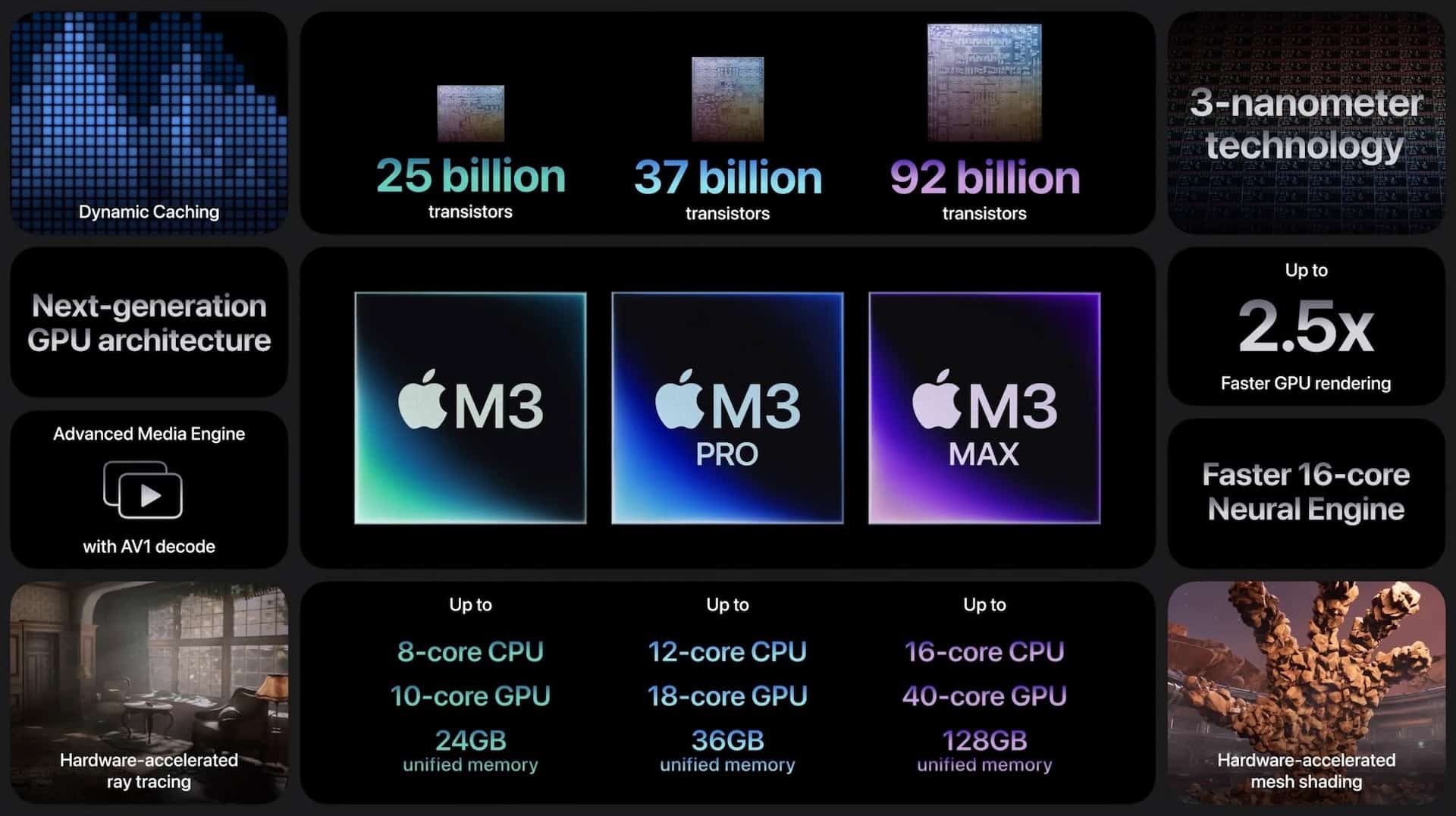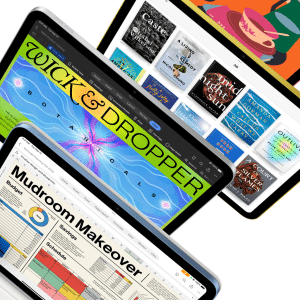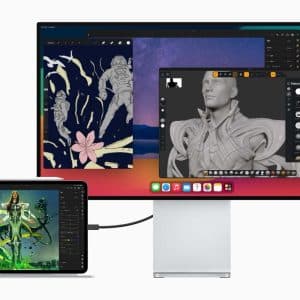Suppose you’re working on a device with an Apple Silicon chip and want to run Firestorm. In that case, you’re not alone, as many people seek compatibility to run their favorite software on newly introduced Apple technology. Whether you’re tech-savvy or just trying to get your software to work, this article will provide all the insights you need, including finding the best emulator for Apple Silicon chip to run Firestorm.
We will explain emulators and how they work with Apple Silicon chips. We’ll also discuss how Apple Silicon evolved, what emulators are available, the problems you may face, alternatives, and what the future holds for running Firestorm on an Apple machine using an emulator for Apple Silicon chip to run Firestorm.
Understanding Emulators
An emulator for Apple Silicon chip to run Firestorm is a unique program that enables one computer system to behave like another. This technology helps execute programs initially made for different hardware or operating systems. For example, you can use an emulator to run a Windows application on a Mac. The emulator for Apple Silicon chip to run Firestorm translates the instructions from the original system into something understandable to the new system. Emulators are helpful because they allow you to use apps not made for your current device.
Emulators are crucial when devices have moved to newer chip types, such as the recent migration to Apple’s silicon chip. Many apps were developed for older chip designs, and if it weren’t for emulators, those wouldn’t work on these new devices. That’s why an emulator for Apple Silicon chip to run Firestorm is so valuable. It keeps your favorite apps running even as the technology changes.
The Evolution of Apple Silicon
The Apple Silicon chip is a massive leap in computer chip technology. Before Apple created its chips, they used Intel processors in Macs. Then came Apple Silicon, starting with the M1 chip, and everything changed. These new chips are faster, more efficient, and designed to work perfectly with macOS. The move from Intel to Apple Silicon has also enabled Macs to be far more powerful and resistant to battery life, altering how the systems perform tasks like graphics, gaming, and application performance.
However, with that switch to Apple Silicon came a few problems: most programs, like Firestorm, were initially written for Intel chips. That’s where an emulator for Apple Silicon chip to run Firestorm comes in, a valuable tool that helps run those older programs.
Available Emulators for Apple Silicon
Parallels Desktop
Parallels Desktop is one of the most renowned emulators for Apple Silicon chip to run Firestorm. It allows the user to run Windows applications on a Mac, which may include Firestorm. Parallels create a virtual space for installing and running Windows, similar to a PC. It is relatively easy to set up and provides a smooth experience in most cases.
CrossOver
Another option for an emulator for Apple Silicon chip to run Firestorm is CrossOver, which does not require you to install a complete Windows operating system onto your system. It will run Windows apps directly on your Mac without needing actual Windows installed. This makes it lighter and quicker to run Firestorm, though it may not support every feature compared to Parallels.
Rosetta 2
Rosetta 2 is baked into macOS, translating apps designed for Intel chips to run on Apple Silicon. While it’s not a traditional emulator for Apple Silicon chip to run Firestorm, it works similarly. When you fire up Firestorm, Rosetta 2 automatically translates the necessary code, allowing the app to run smoothly on your Apple Silicon chip. It’s the easiest option since it’s built into the system but may not perform as well as other full emulators.
Emulation Challenges
Using an emulator for Apple Silicon chip to run Firestorm does have a few minor drawbacks. First, performance might not be as smooth as running apps natively. Emulators translate the software in real-time, which can lead to slowdowns, especially for complex programs such as Firestorm. Users may also notice minor issues such as graphical glitches or reduced functionality when using an emulator for Apple Silicon chip to run Firestorm.
Additionally, setting up the emulator for Apple Silicon chip to run Firestorm might require some technical know-how. Ensuring everything is configured correctly will be essential for a good experience.
Alternatives to Emulation: Local Apple Silicon Support
| Option | Description |
|---|---|
| Native App Support | Developers update apps like Firestorm to run directly on Apple Silicon without emulators. |
| Optimized Software | Software optimized for ARM chips takes full advantage of Apple Silicon’s power and efficiency. |
| Future Updates | More apps will get native Apple Silicon support, reducing the need for an emulator for Apple Silicon chip to run Firestorm. |
Future Prospects and Developments
When running Firestorm on Apple Silicon, developers optimize programs to run natively on Apple Silicon chips, eliminating the need for the emulator for Apple Silicon chip to run Firestorm. Native support will make programs faster and more efficient. As more apps are updated for Apple Silicon, performance will improve, and issues will decrease. Moreover, Apple continues to refine both hardware and software, so improvements in compatibility and efficiency should follow.
An emulator for Apple Silicon chip to run Firestorm bridges older software and Apple Silicon chips. Tools like Parallels Desktop, CrossOver, and Rosetta 2 help ensure that Firestorm and similar apps can work on these new devices. Although emulation isn’t perfect, it’s an effective solution until more applications, like Firestorm, are fully optimized for the latest architecture.
As developers continue fine-tuning Firestorm for native support on Apple Silicon, the need for an emulator for the Apple Silicon chip to run Firestorm will decrease. The performance will become even smoother and faster. With Apple’s ongoing hardware innovations, users can expect better compatibility and efficiency, making the switch to newer technology well worth it.
FAQs
Will it drain my battery faster than usual on my Mac with Apple Silicon?
Emulators require more processing, which can drain your battery quicker. For the best runtime, try reducing Firestorm’s graphics settings and restricting applications running in the background. Native applications generally use less energy than those that rely on an emulator.
How often should I update my emulator and Firestorm to maintain optimal performance?
Keep in mind that you must check for updates periodically. Emulator and Firestorm might have performance enhancements and bug fixes. Keep your software updated for compatibility with newer versions of macOS. It also contributes to smoother functioning. Regular security and stability are enhanced by keeping the operating system updated.
Do I need particular hardware specifications to run emulators efficiently on Apple Silicon?
Most Apple silicon chips, such as the M1 or M2 chip variants, should do fine and easily handle emulators. In general, though, the more RAM, the better. If you intend to run resource-intensive applications like Firestorm, at least 16GB is recommended for smoother performance and fluid multitasking.
Can we change the emulators if they don’t work well with Firestorm?
Of course, you can experiment with various emulators if they don’t satisfy your needs. Every emulator has its plus side, so checking options like Parallels, CrossOver, or Wine will help you find the best choice to run Firestorm efficiently. Always back up your settings and data before switching emulators.
Are there security risks running emulators on Apple Silicon?
Emulators are harmless in themselves, but you should only download them from reputable sources because malware is similarly possible. Always check if there have been reviews or updates to verify that the software is secure. Be careful not to install any third-party apps or files, which may pose some risks when running on emulation.









